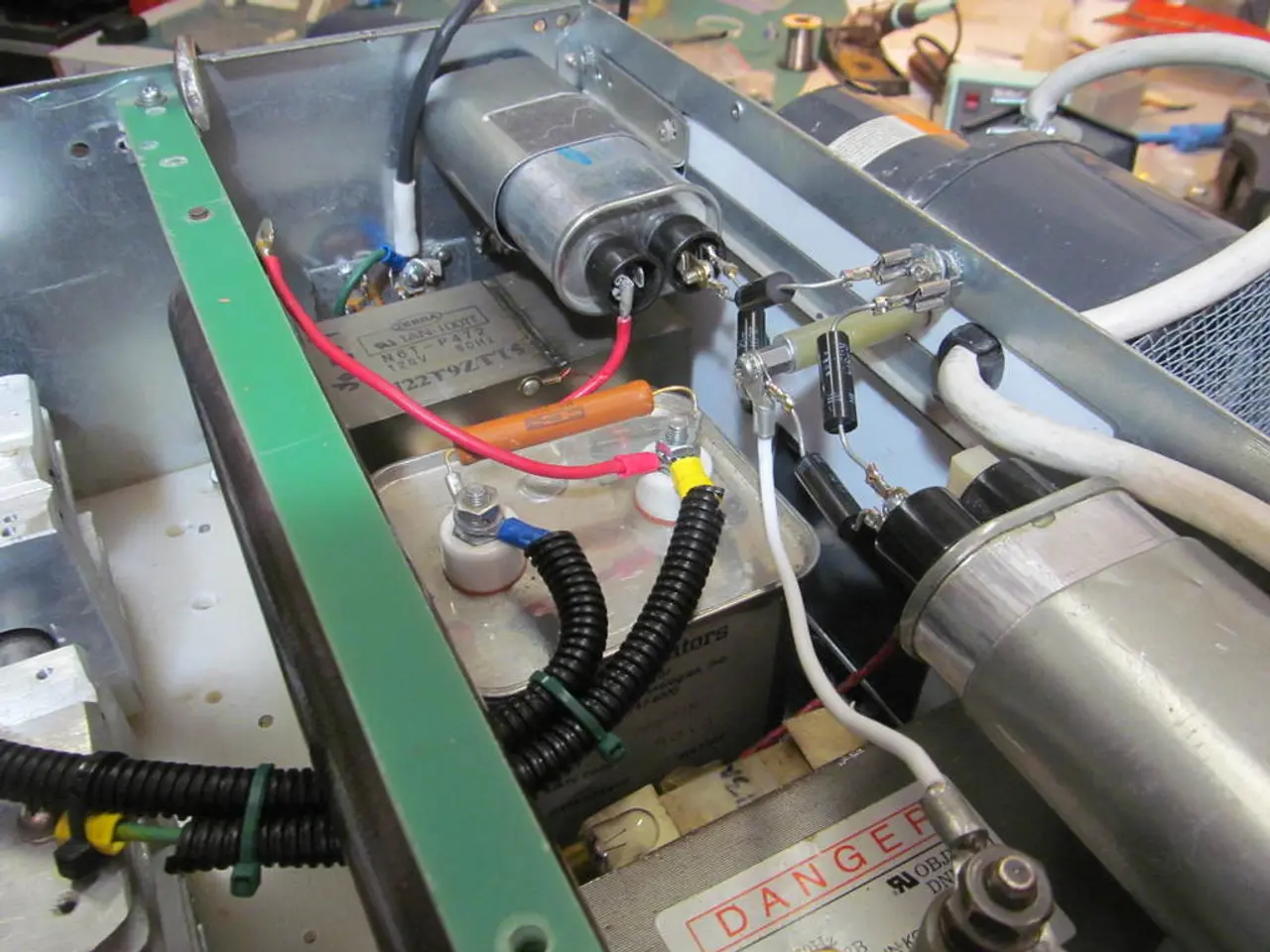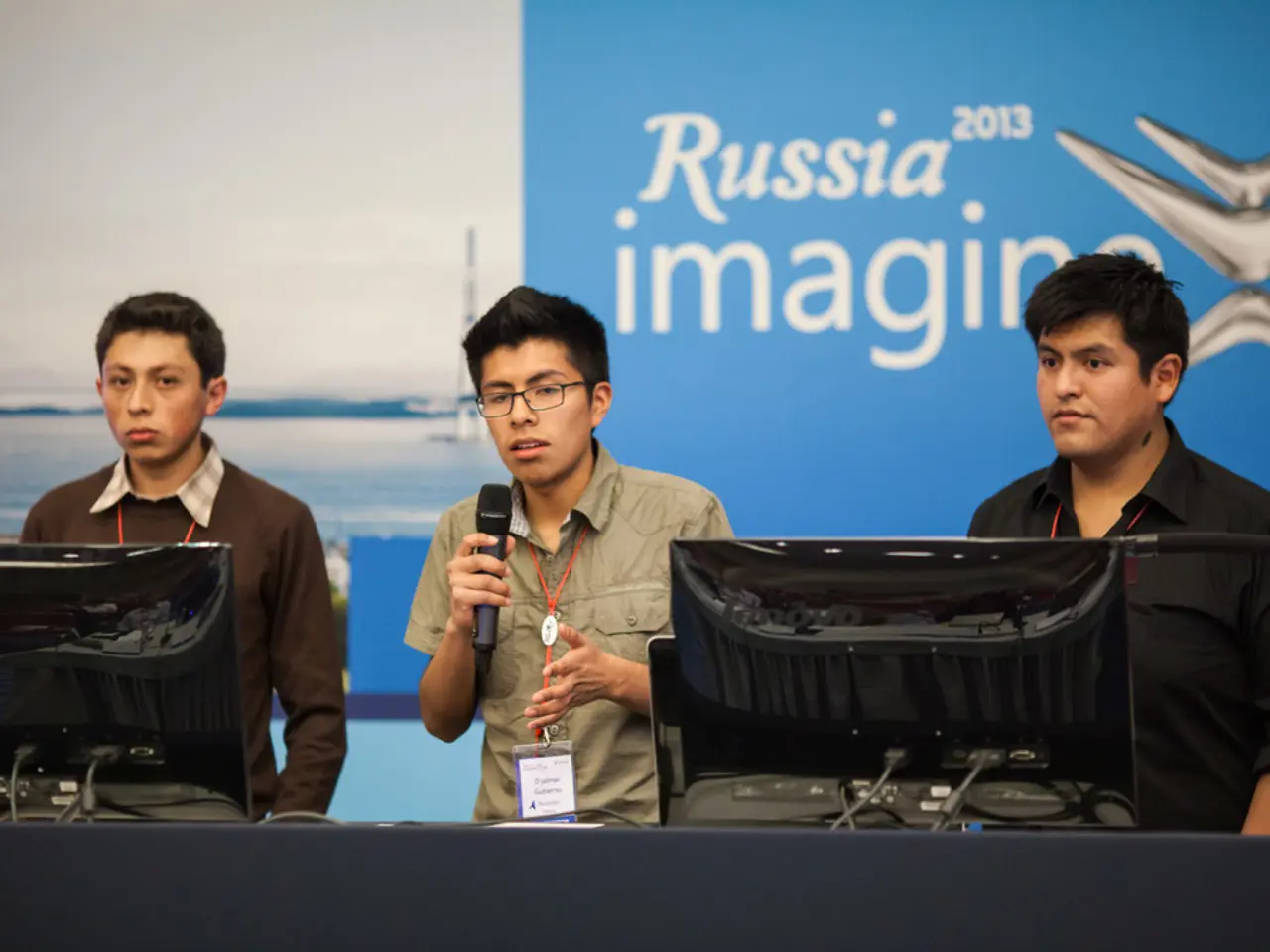Superconducting Magnets: The Emerging Class of Next-Generation Materials and Their Prospective Uses
In the realm of scientific research, the pursuit of high-temperature superconductors has taken a significant leap forward. These materials, which can conduct electricity with zero resistance, are the focus of recent developments in various compounds, including Rare-Earth Barium Copper Oxide (RBa2Cu3O7−x), Iron Selenide (FeSe), and graphene-based superconductors.
The primary objective of these advancements is to enhance operating temperatures, stability, and understanding of the fundamental mechanisms that govern these materials. This expansion in practical applications could revolutionize everyday technologies, particularly those requiring lossless power transmission and high-speed signal processing.
One of the most promising breakthroughs comes from the field of defect engineering. Scientists have discovered that by controlling the arrangement of defects (imperfections in the crystal lattice) precisely, rather than having them randomly distributed, superconductivity can be stabilized and occur at higher temperatures in materials like cuprates. This approach could potentially lead to superconductors operating at or near room temperature, a significant milestone that would make them more viable for everyday technologies.
Another significant development is the application of advanced theoretical and computational models. Using machine learning frameworks, such as neural quantum states (NQS) that harness transformer architectures, researchers have achieved state-of-the-art modeling of electron correlations in key materials akin to cuprates. This progress aids in designing novel superconductors with enhanced properties.
Recent experimental advances have also demonstrated that some high-temperature superconductors, including new classes related to iron selenide and nickelates, can maintain superconducting states at ambient pressures rather than requiring extreme pressure conditions. This enhances their practicality for widespread technological applications.
Studies of nickelate superconductors structurally and electronically related to cuprates reveal that tuning via rare-earth chemistry and mechanical pressure can push critical temperatures higher, in some cases nearing or exceeding liquid nitrogen’s boiling point (~90 K). Achieving superconductivity at these temperatures lowers the barrier for cooling costs and may expand device implementation possibilities.
Graphene superconductors remain under study for their unique two-dimensional electronic properties and tunability, promising applications in quantum computing and ultra-fast electronics. The general push in defect control and advanced modeling applies equally to these novel materials.
Potential applications of high-temperature superconductors are vast and varied. Existing uses include MRI and medical imaging, while emerging applications include energy systems with lossless electrical power transmission lines, highly efficient energy storage devices, and ultra-fast, low-power electronic circuits. Quantum computing and high-frequency signal processing devices could also benefit directly from room-temperature or near-ambient superconductors enabled by these advances.
However, scalability, stability, and cost are significant challenges in the development and practical application of superconducting materials. Despite these hurdles, the latest breakthroughs in high-temperature superconductor technology pave the way for broadening its impact into practical, everyday applications, potentially transforming industries such as transportation, energy, and medicine.
For instance, high-speed transportation systems, such as magnetic levitation trains, could be enabled by superconducting materials. Superconducting materials could also enable the creation of high-capacity energy storage systems, such as supercapacitors. Moreover, graphene-based superconductors have the potential to revolutionize energy storage and transmission.
The highest critical temperature (Tc) among known superconductors is found in Rare-Earth Barium Copper Oxide (RBa2Cu3O7-x), reaching up to 138 K (-135°C). Iron Selenide is another superconductor with a high Tc of up to 46 K (-227°C), making it a promising candidate for high-temperature superconductors.
Superconducting materials are also being explored for use in medical devices, such as MRI machines and implantable devices. As research continues to progress, the future of high-temperature superconductors looks promising, with the potential to revolutionize various industries and everyday technologies.
- The advancements in high-temperature superconductors, such as the new developments in graphene-based superconductors, could potentially impact science, particularly in medical-conditions, as they could revolutionize MRI and medical imaging technologies.
- New technologies in defect engineering, like precisely controlling the arrangement of defects in materials, could lead to superconductors operating at room temperature, which could have a significant impact on various industries, including medicine, due to their potential uses in medical devices.




